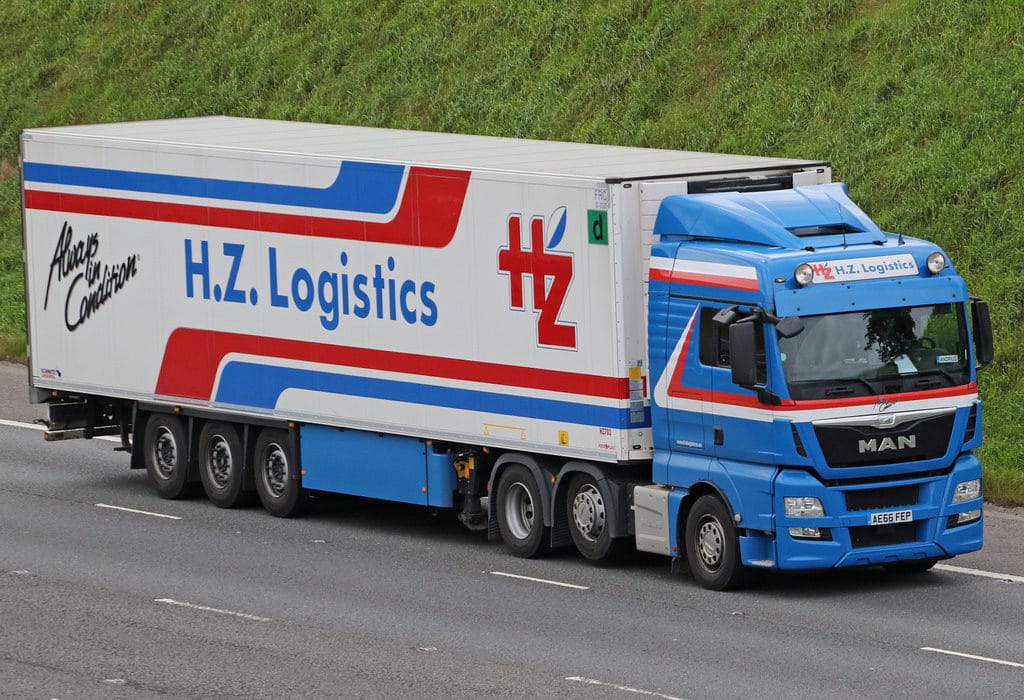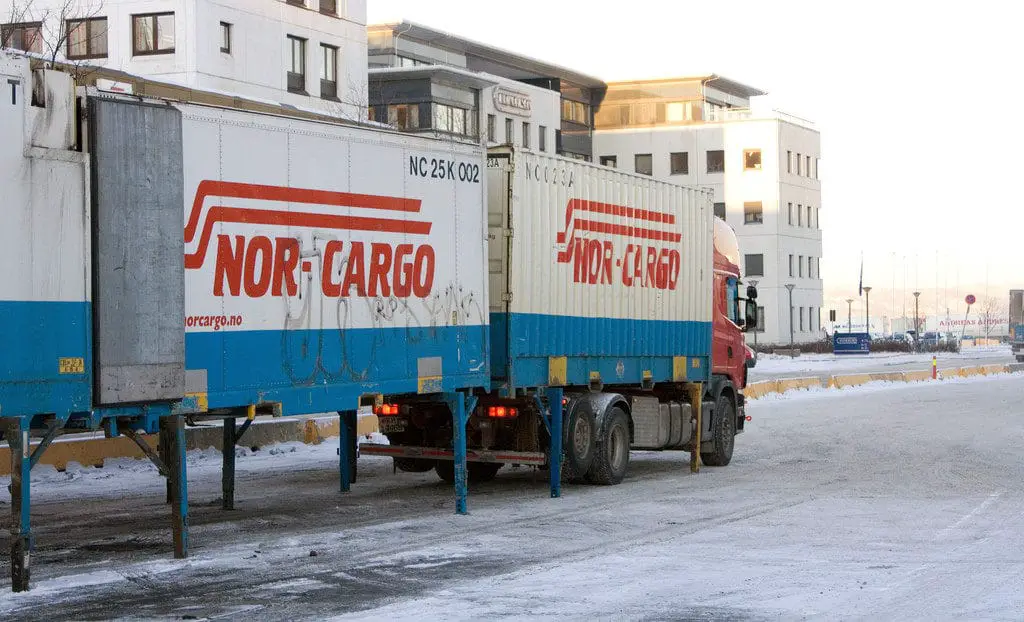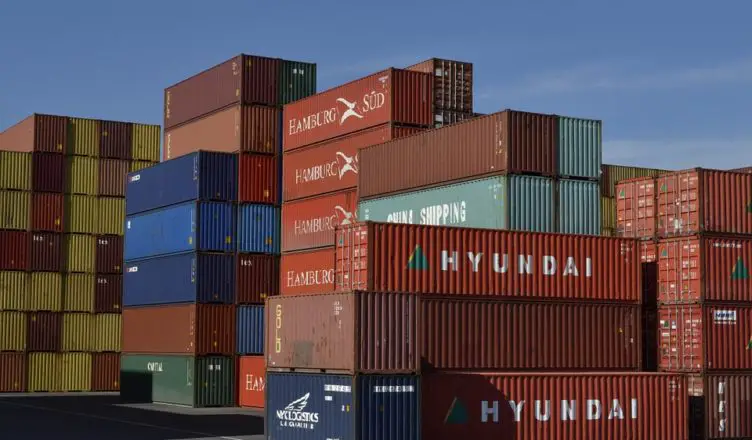The Australian transport and logistics industry is vital to the economy and productivity of the nation. According to the Australian Logistics Council, the industry accounts for 8.6% of the country’s GDP, and nets more than $96 billion in revenue and more than $10 billion in profit.
An estimated 1.2 million workers are also employed in this sector, making it one of the biggest employers in the country.
The workforce is spread out in different logistics activities, such as transportation, storage, and handling of materials, packaging, inventory management, information processing, and more.
But the industry is also facing some challenges despite its growth. There’s a need for investment reform and better infrastructure. The growth of the industry is also impeded by red tape and discordant legislation.
Despite the challenges, the logistics industry is growing, and the coming years will be an exciting time for stakeholders.
We’ve listed down some of the exciting logistics industry trends for this year. Also, the challenges the industry will face in the future.
The transport and logistics industry will experience skill shortages in the coming years because of its aging workforce.
The average age of people who work in the transport and logistics industry is 45. The majority of the workers are drivers, and they are set to retire in the next 20 years or so.
The industry, however, is far from attractive to younger workers, particularly among younger drivers, because of the poor perception of the occupation in the community. There is also a perceived lack of career progression in the transport and logistics industry, compounding the recruitment issues.
To ensure that key industry positions will be filled in the coming years, industry stakeholders will be forced to find ways to narrow the age-gap within the industry.

photo credit: Flickr
The transport and logistics workforce will still be overwhelmingly male.
Although the employment opportunities within the industry are diverse, the workforce demographics will still be made up of male workers. This is because the majority of jobs in this industry are perceived to be too dangerous for women.
Despite being outnumbered, the majority of women employed in this industry have higher education levels than their male colleagues.
The arrival of new technology in the transport and logistics industry, however, will be a game-changer. Because of diverse opportunities are expected to increase for both genders.
The use of automation in the transport and logistics industry will grow rapidly.
Although the Australian transport and logistics industry has been using automation for many years to improve efficiency and significantly lower operating costs, its use is predicted to grow at a rapid pace in the coming years.
Several container terminals, such as the Port of Brisbane and Port of Melbourne, have already automated segments of their operations.
Some of the relatively new technology that will find increasing use in the transport and logistics industry. Such as inventory control systems, drones, robots, self-driving forklifts, and semi-autonomous vehicles.
Increased use of automation in the e-commerce sector (better record keeping and data management software) will also improve the efficiency of e-commerce.
New innovations in technology will transform the industry.
The increased use of automation in the industry, the development of integrated transport systems, and the integration of the Internet of Things can create challenges and opportunities for the sector.
Although these technological innovations can create opportunities for the industry and have the power to make the operation more efficient, the transport and logistics industry should make sure that the workforce is ready and trained to use the new technology.

photo credit: Flickr
There will be an increased focus on supply chain sustainability
Changes in government regulations are pushing transport and logistics stakeholders to utilize sustainable and environment-friendly business practices. The transport and logistics industry still remains as one of the main consumers of petroleum products.
But in recent years, there has been an increasing trend towards the use of hybrid electric vehicles and trucks.
They use alternative fuels as a response to the call to reduce greenhouse gas emissions.
Sustainability also presents unique challenges to the logistics and transport industry. The workforce will need to be retrained with regard to sustainability and regulatory compliance.
The transport and logistics industry will become more crucial to the e-commerce sector because of the surge in omnichannel shoppers.
The surge in internet and smartphone use, the rise of e-commerce, and the change in consumer buying behavior have transformed the transport and logistics industry.
Although brick-and-mortar shops are still and will continue to be popular, today’s shoppers are almost always online. More likely to shop and pay for their purchases online via their smartphones, tablets, and desktops.
The partnership between the e-commerce sector and the transport and logistics industry will become stronger as omnichannel shoppers increase.
But the omnichannel approach also presents unique challenges to the transport and logistics industry. Segmented supply chain processes, inefficient transportation, and reverse logistics can sometimes disrupt this omnichannel approach.
Industry stakeholders will need to reconsider current transport and logistics structures, as well as adopt an active role in providing better service to consumers.






